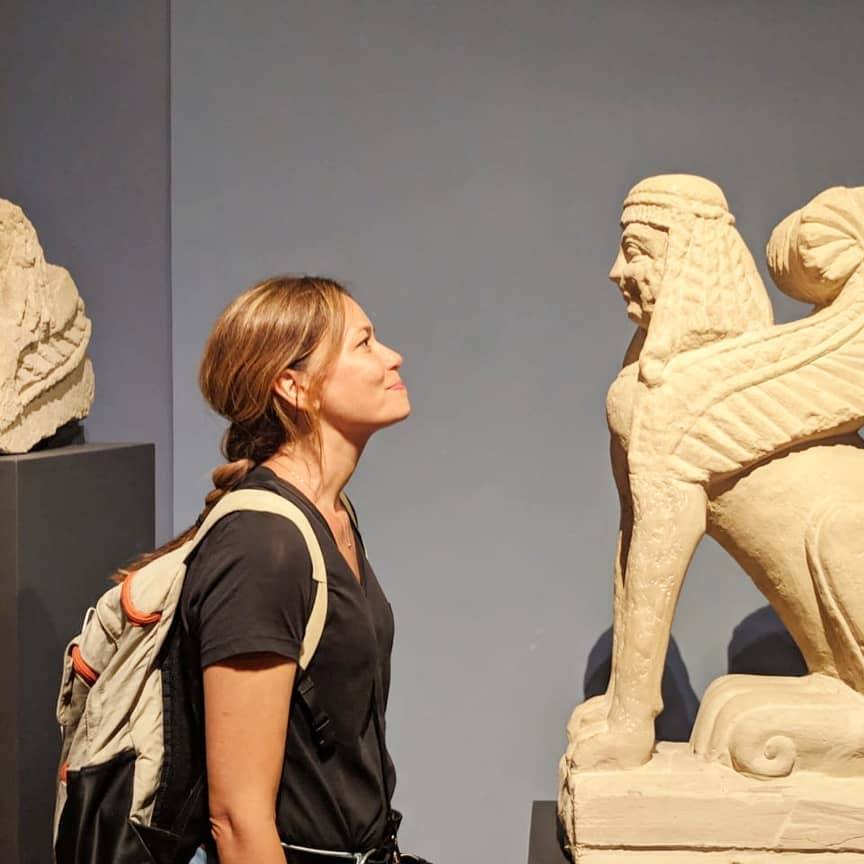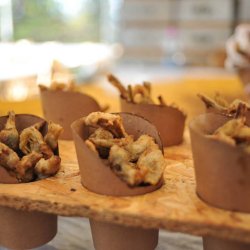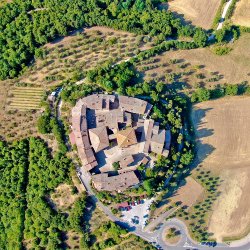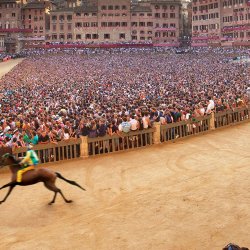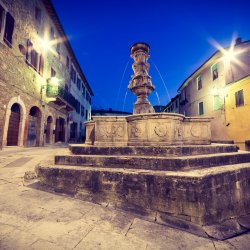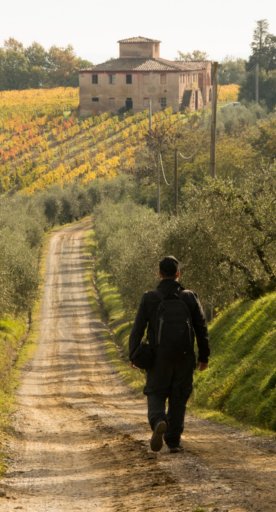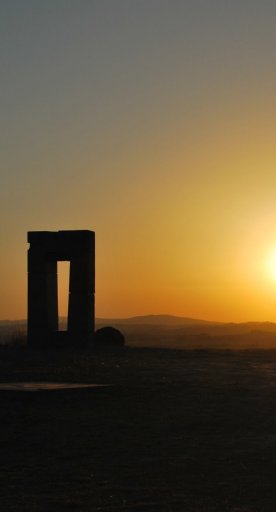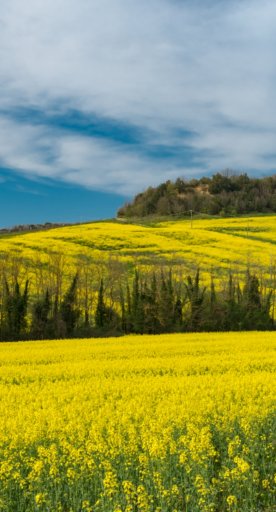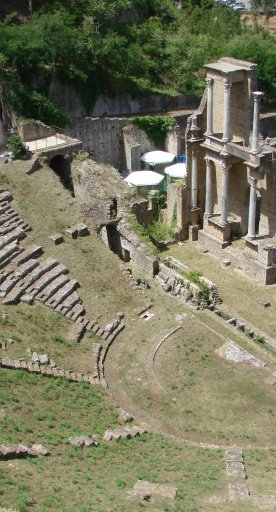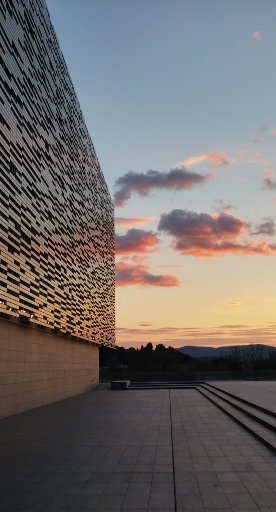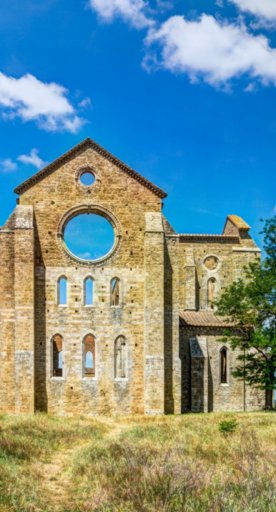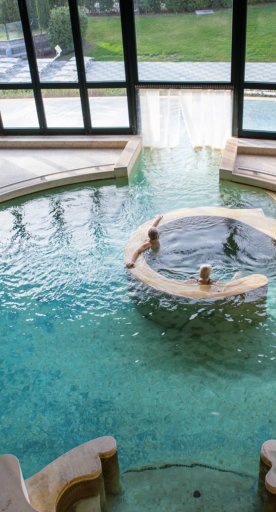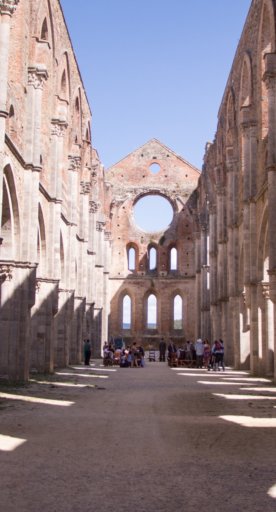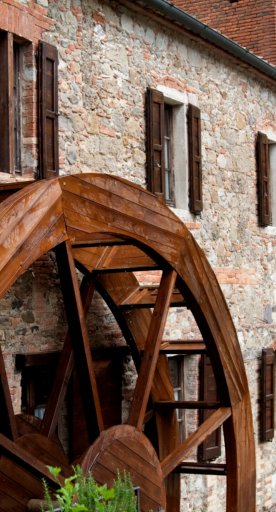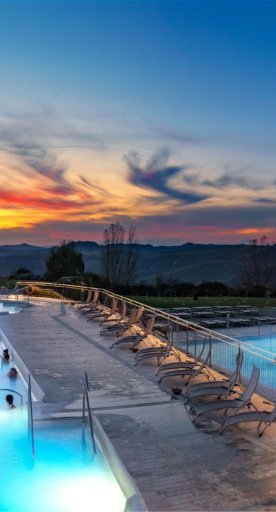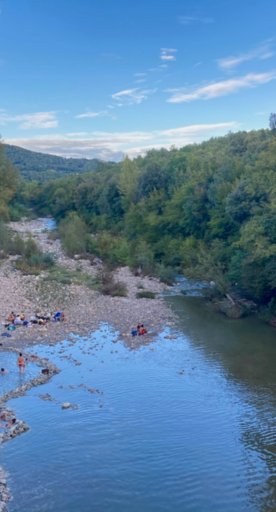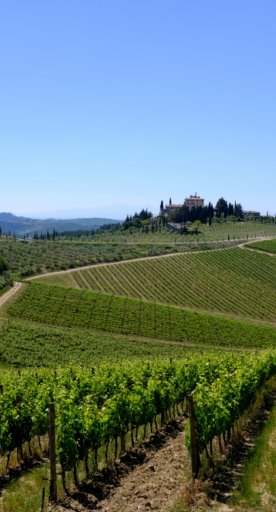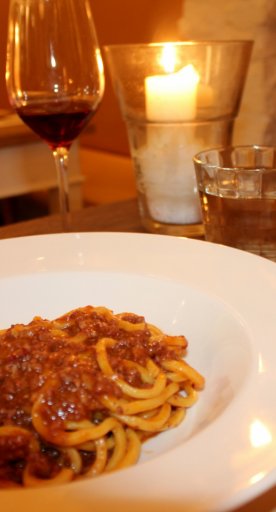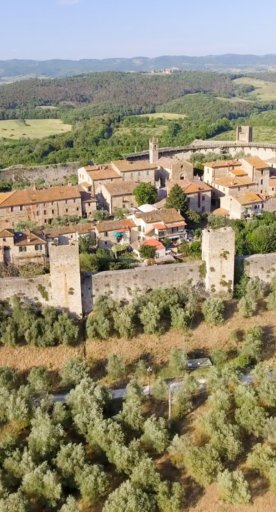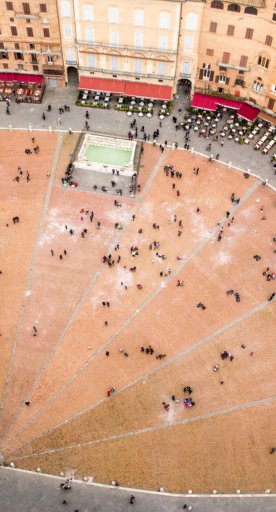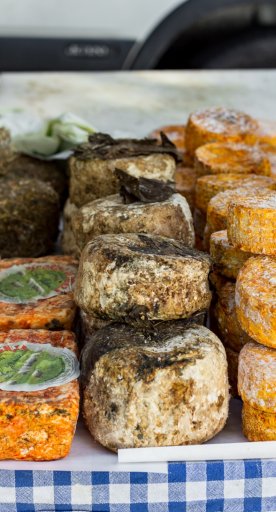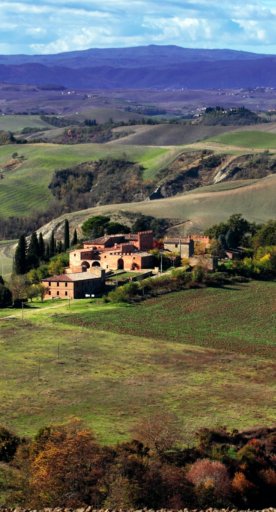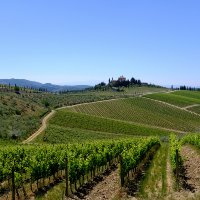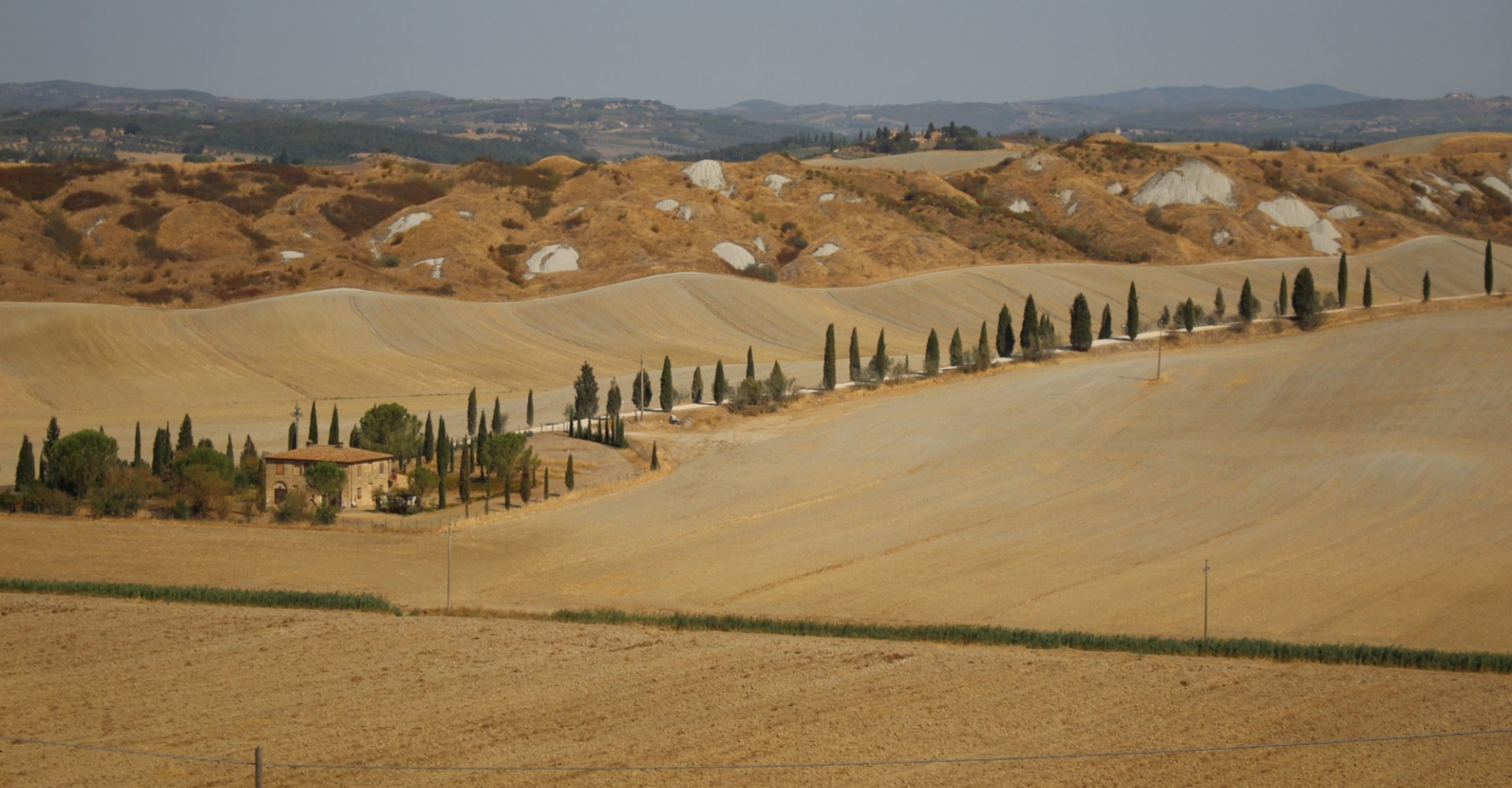

Calling all culture and food lovers: a must-do list for Asciano
Discovering an unexpected artistic heritage in the surreal Crete Senesi
Also known as the village of hospitality, Asciano welcomes visitors coming from Siena with one of the most fascinating panoramic roads of Tuscany: the via Lauretana. This centuries-old path, which crosses the Crete Senesi and connects the Via Francigena with the Sanctuary of the Holy House of Loreto, has always been traversed by merchants, pilgrims and artists. Today you can find their invaluable legacy in Asciano.
-
1.Small museums, big collections
-
2.Ancient tastes of Asciano
-
3.A Site Transitoire along the Via Lauretana and a mysterious fresco
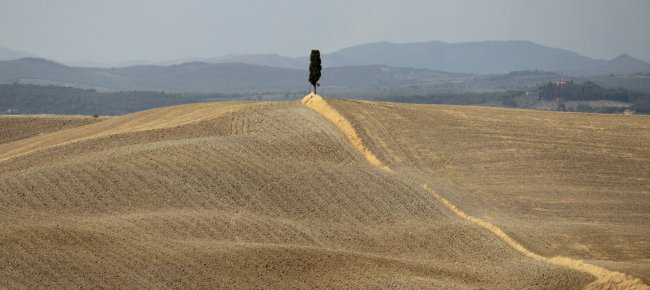
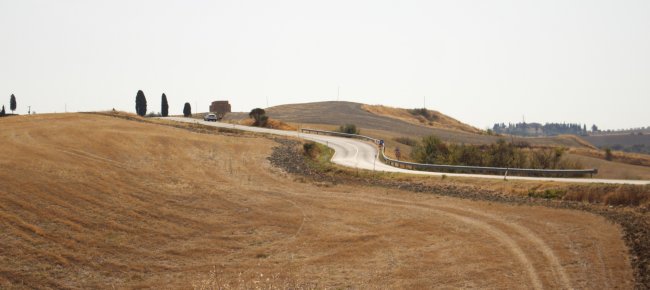
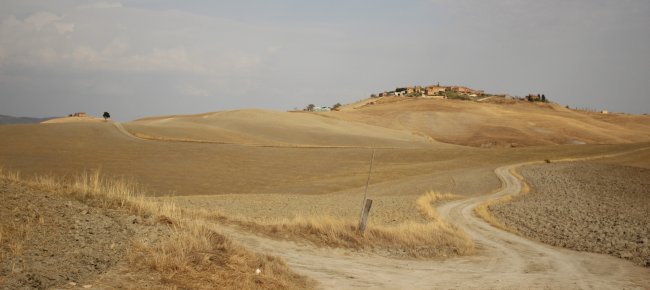
Small museums, big collections
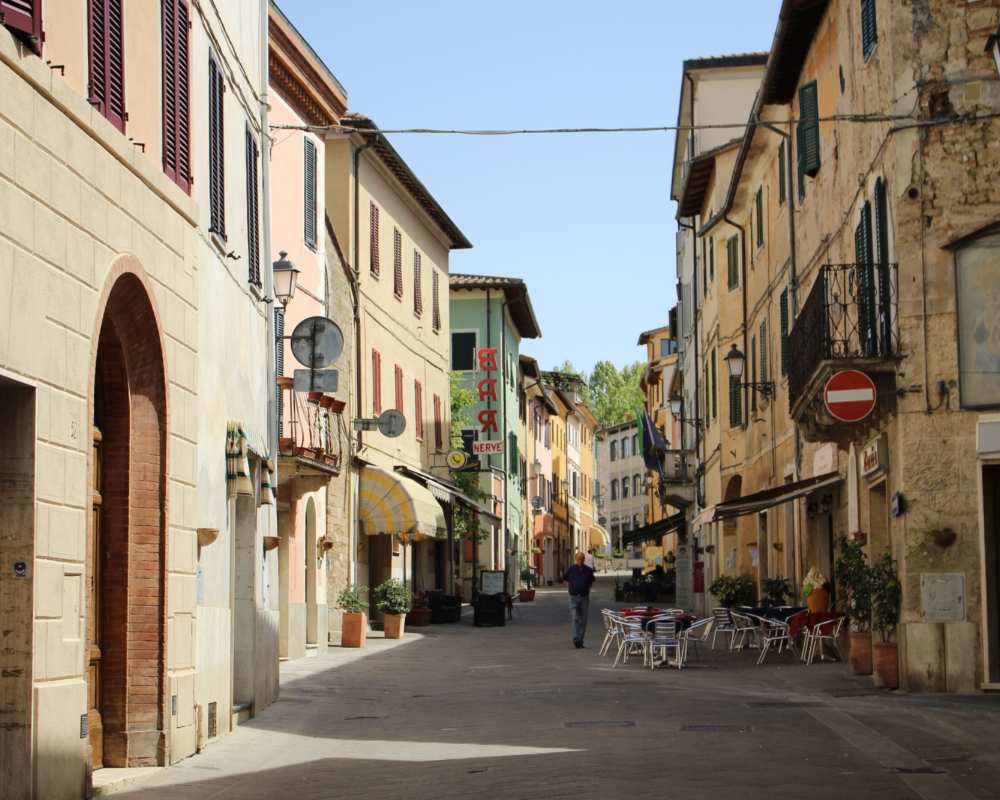
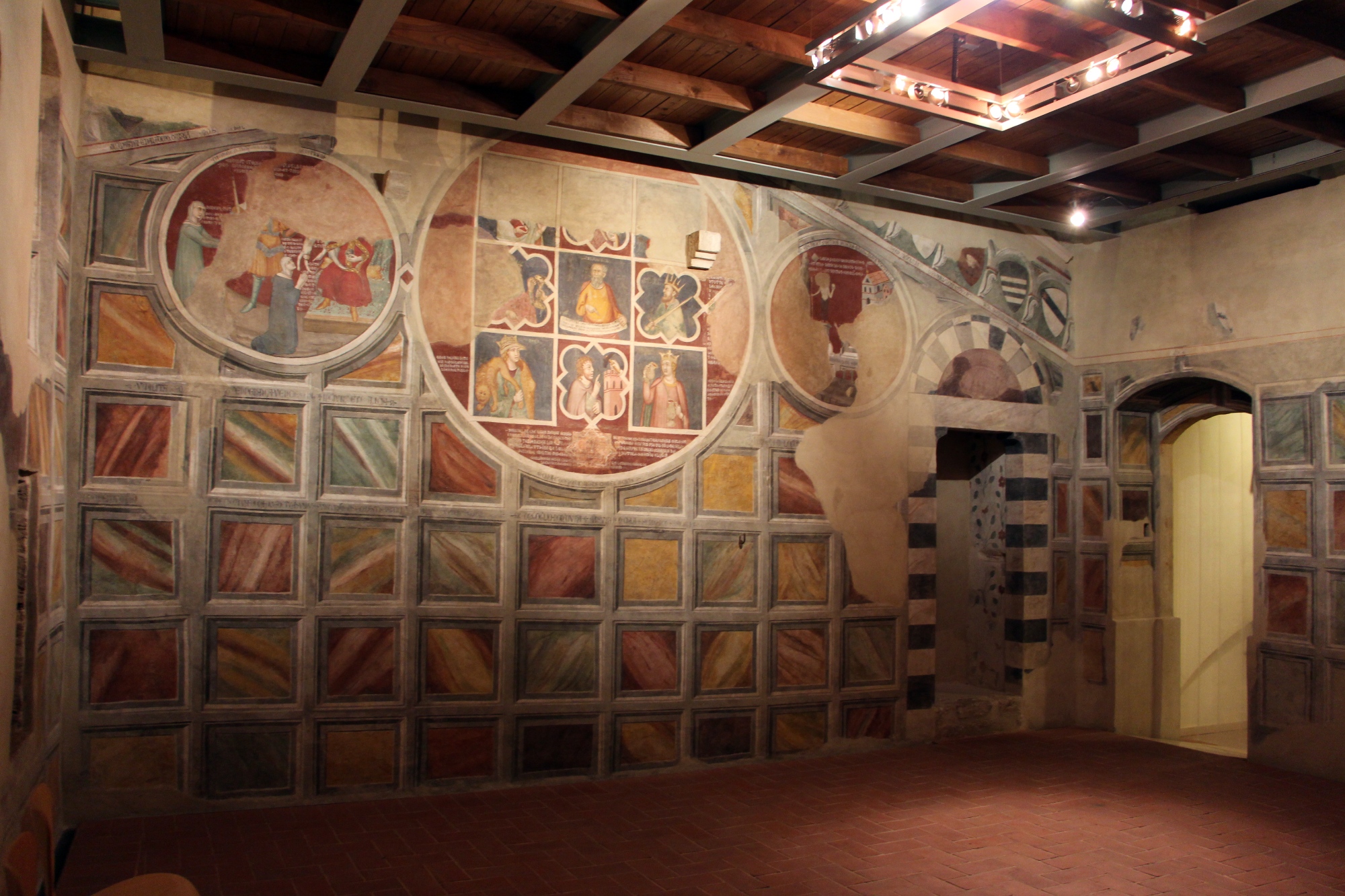
Included by The Telegraph on its list of Italy’s best small museums, the Corboli museum offers a series of paintings by the most important Sienese artists of the 14th-16th centuries. Housed at Palazzo Corboli, a remarkable medieval building built by the Sienese Bandinelli, it boasts stunning frescoed rooms created in the Middle Ages to transmit ethical and political messages to the populace that frequented these spaces. Entering room 9, you will find some of the most important masterpieces that have solidified this museum’s status as one of the most important places of the Sienese area: the wooden crucifix by Giovanni Pisano dating to the 13th century, the Madonna with child and Donor by the Memmi family and the lovely panel depicting Saint Michael the Archangel slaying the dragon between Saints Bartholomew and Benedict, attributed to the great Sienese artist Ambrogio Lorenzetti.
The tour continues at the Cassioli museum just a few steps from the Corso principale. Restored and reorganized in 2007 with more than forty canvases by major exponents of the 19th century Sienese school, today it represents the only museum in the area entirely dedicated to 19th century Sienese painting.
Ancient tastes of Asciano
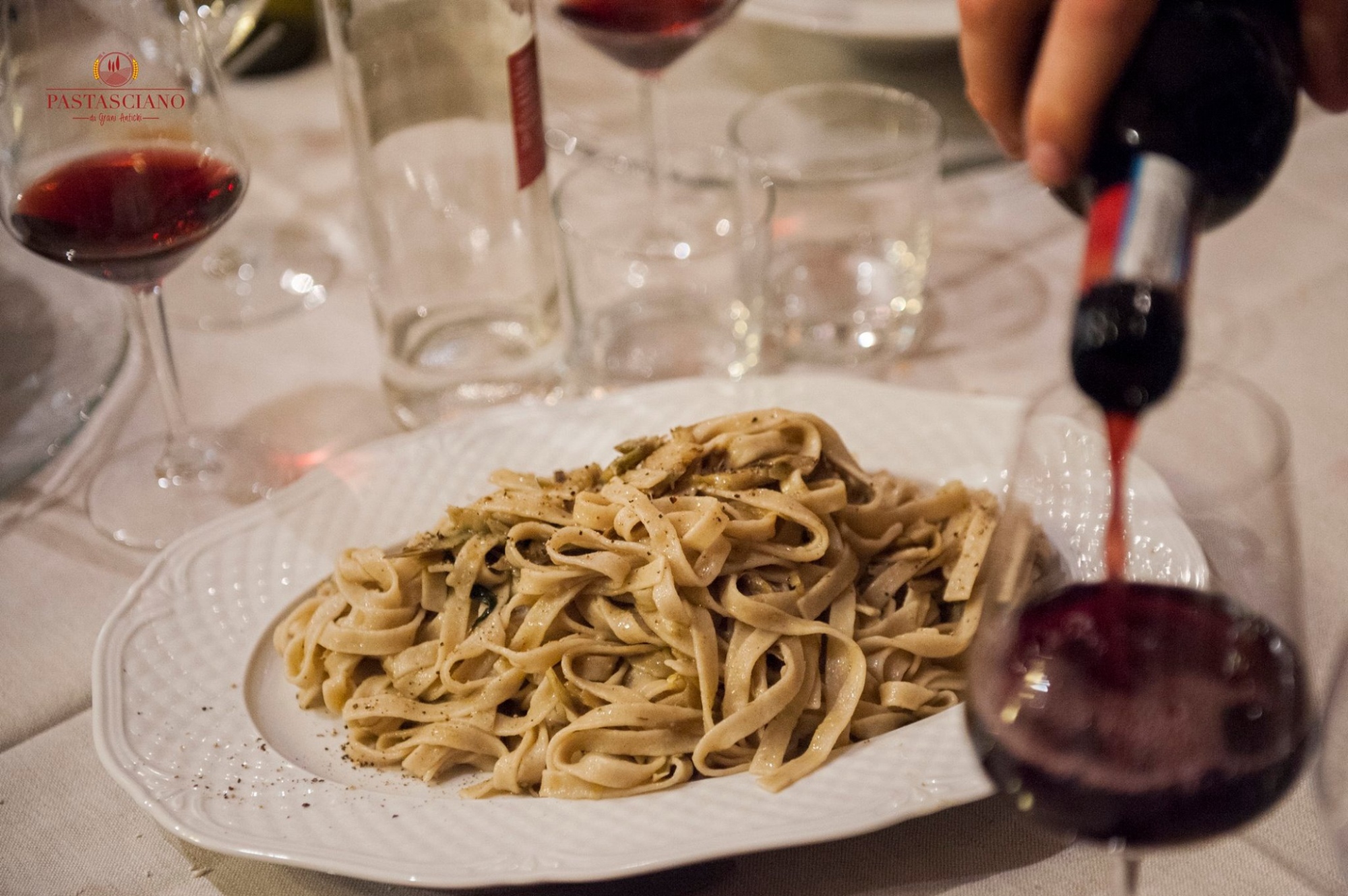
Since ancient times, Asciano has been linked to the production of wheat: in fact, rural Asciano was at one time called the breadbasket of Siena.
Walking along the stone streets, you will come across Piazza del Grano (“Wheat Square”), the location of the old market, while in nearby areas you can still glimpse what remains of the ancient mills, which were fueled by the many waterways crossing the town in the past.
This agricultural tradition is still alive and well in Asciano and today 8 local producers cultivate ancient wheat varieties to make high quality pasta products labeled PastAsciano.
You can taste them at the many restaurants and shops in town, perhaps seasoned with the local white truffle from the Crete Senesi.
A Site Transitoire along the Via Lauretana and a mysterious fresco
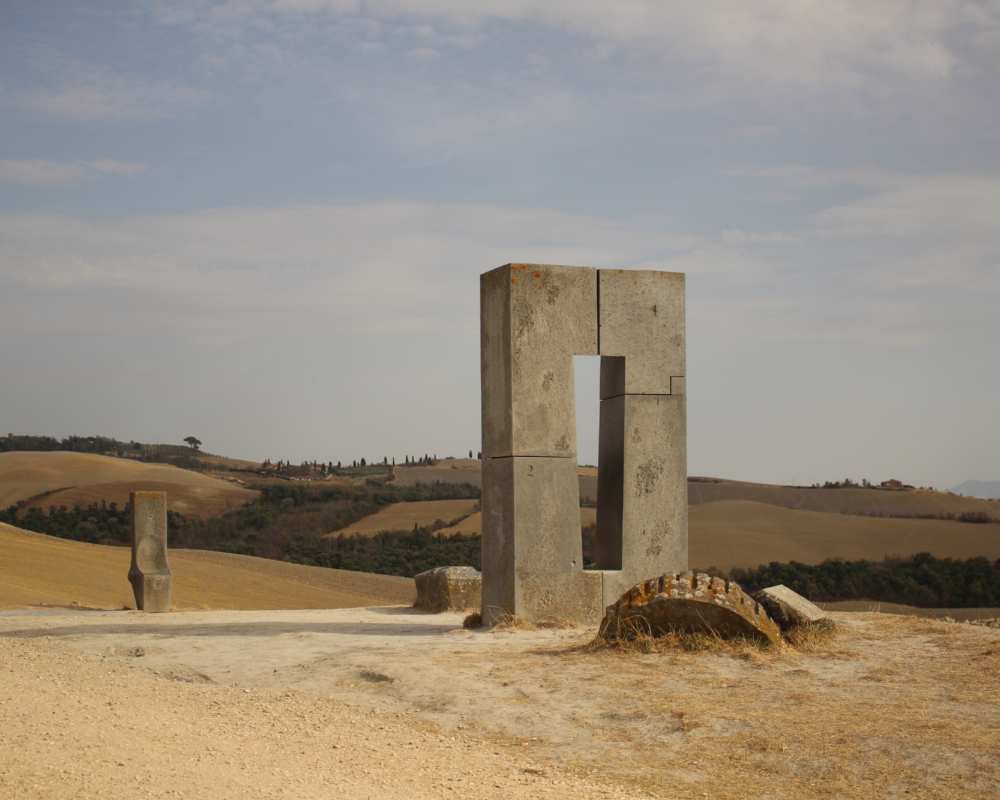
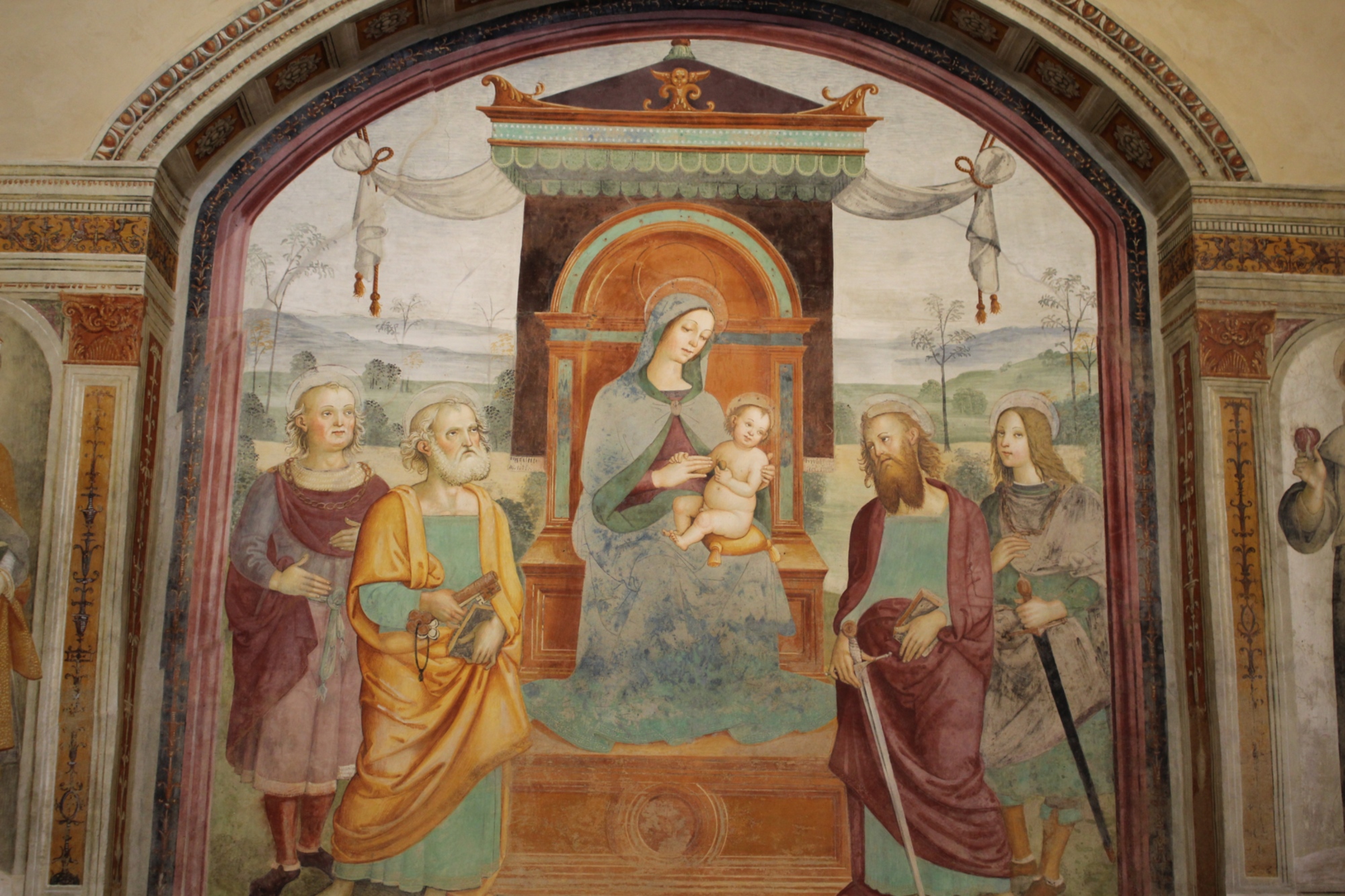
Dating back to the 4th century, Pieve di Sant'Ippolito is the oldest church in Asciano. Located inside a private property and therefore only open by appointment, it holds a beautiful fresco, depicting the Madonna enthroned with child and saints Peter, Paul, Ippolito and Cassiano.
According to recent studies, the adolescent face of young Sant'Ippolito could be the self-portrait of a young Raphael who at the age of 17 was involved in the frescoes of the Piccolomini Library, inside the Siena Cathedral. Although it’s only a theory, you can even find Raphael’s hidden sign on the dark collar of the Saint.
Many artists who have traveled along the Lauretana road have taken inspiration from this surreal landscape. In 1993, artist Jean-Paul Philippe chose the scenery of Crete Senesi to create his Site Transitoire: a monumental stone window on the hillside framing the landscape. Travelling back from Asciano along the Lauretana road be sure to make a detour to Leonina. After 2 km you will find what Jean-Paul Philippe once called a “non-walled home” with a stone chair, a window, and no covering but the sky.
What’s nearby?

